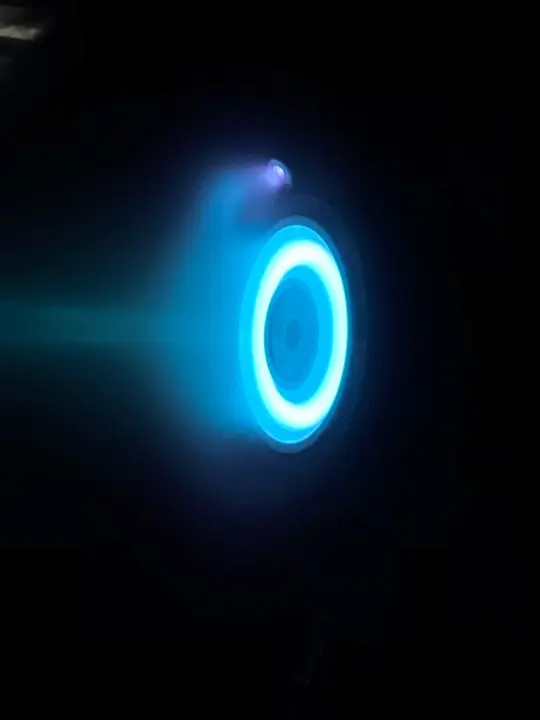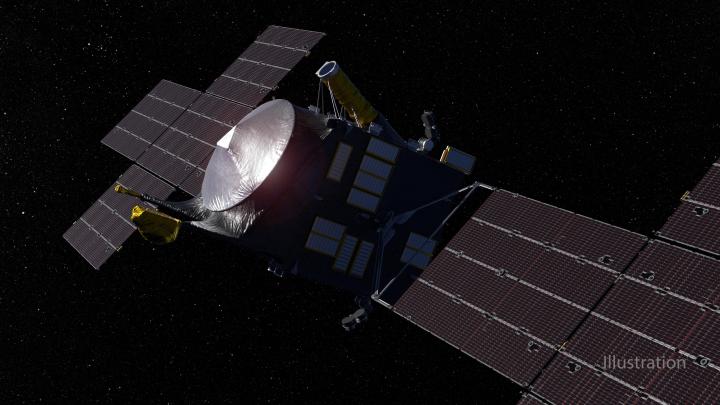
NASA’s Psyche mission is on its way to visit a strange metal asteroid located in the main asteroid belt between Mars and Jupiter, and it recently kicked on its blue-glowing electric thrusters to carry it on the next leg of its journey.
The electric thrusters are solar powered, and use ionized xenon for propulsion. These kind of thrusters aren’t powerful like the chemical propulsion systems used by rockets to escape Earth’s atmosphere, for example, but are instead extremely efficient. They produce only a very small amount of thrust, but in the vacuum of space there isn’t any drag to overcome so the spacecraft can continue gradually increasing in speed. For space travel beyond Earth’s orbit, the challenge is less about having powerful engines and more about conserving fuel.

The engines on Psyche, called Hall thrusters, could run continuously for years before using up all of the 2,030 pounds (922 kilograms) of xenon fuel the spacecraft carries. Regular chemical thrusters would use fuel at around 15 times that rate. The xenon fuel creates a blue glow from the thruster as the atoms become ionized by the thrusters’ electromagnetic fields, powered by the spacecraft’s solar panels.

Psyche is already located beyond the orbit of Mars, but it needs to travel back around to make a Mars gravity assist maneuver in 2026. That will help boost the spacecraft on its way to meet Psyche in 2029. Currently, the spacecraft is traveling at around 84,000 mph (135,000 kph), but with the help of its thrusters it will speed up to around 124,000 mph (200,000 kph).
With the spacecraft’s first 100 days in space complete, it will now be operating in full cruise mode on its way to its destination.
“Until this point, we have been powering on and checking out the various pieces of equipment needed to complete the mission, and we can report they are working beautifully,” said Henry Stone, Psyche project manager at NASA’s Jet Propulsion Laboratory, in a statement. “Now we are on our way and looking forward to an upcoming close flyby of Mars.”
Editors’ Recommendations
Services Marketplace – Listings, Bookings & Reviews
